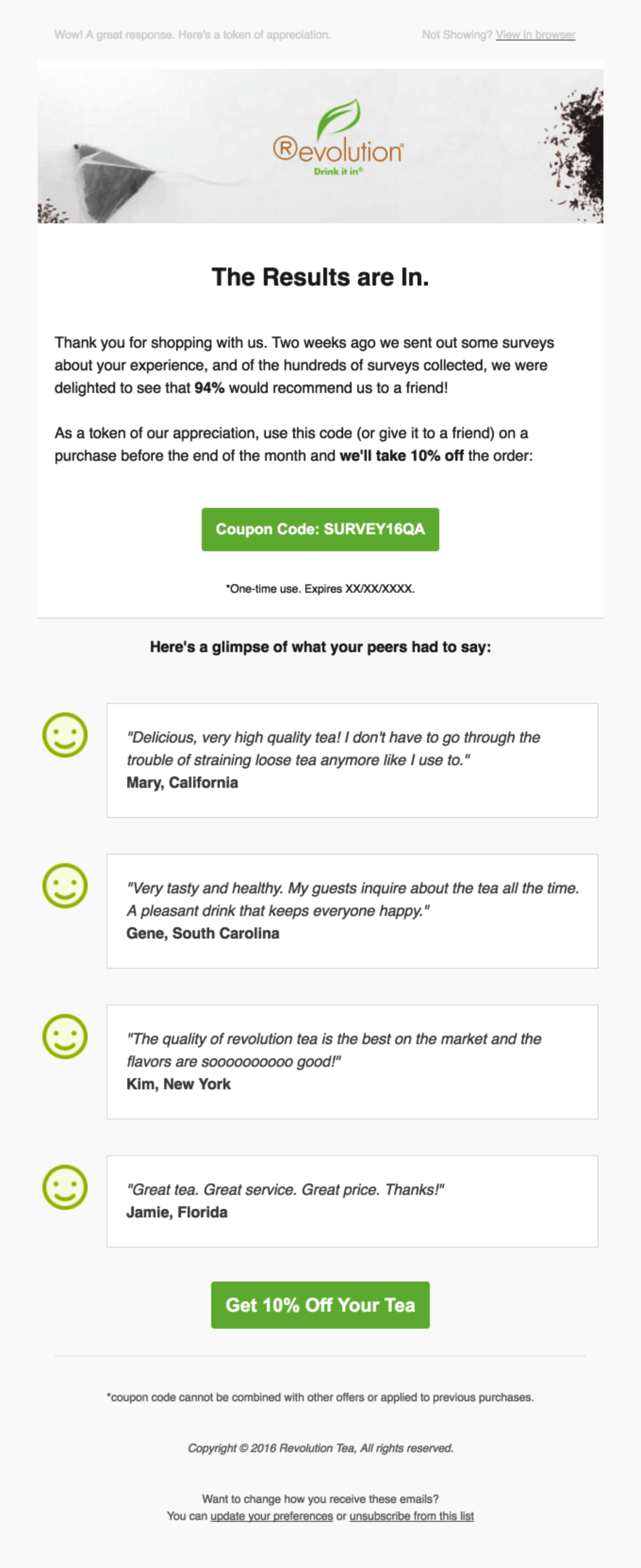The Most Effective Ways to Get Testimonials from Customers
Regardless of the sector in which you operate, the process of nurturing leads should always include the inclusion of testimonials as an essential component. Before making a purchase from your company, potential customers are interested in hearing about the experiences of others, regardless of the industry (be it fitness, plumbing, legal, or cosmetics).
Because consumers of today, particularly those of younger generations, are experienced shoppers, it is inappropriate to use a customer testimonial for the sole purpose of promoting your business.
How do you increase the number of conversions and nurture your leads if you do not have any testimonials?
The value of “word of mouth” is higher than it has ever been

The fact of the matter is that customers put more stock in suggestions that come from “people just like them.” According to the findings of recent studies, testimonials have an efficacy rate of 89%, making them one of the most successful forms of digital material.
You are well aware that the most influential forms of word-of-mouth advertising come from personal recommendations made by friends and family members. You may probably already be aware that many consumers place just as much weight on internet evaluations as they do personal recommendations from friends and family.
The process of getting testimonials from satisfied customers is an essential part of the customer experience. Customer testimonials are a great way to assist offer your leads a vicarious experience of your company. This is true regardless of whether your business strategy is brick-and-mortar, direct-to-home, or dropshipping.
Customers will continue to look at your ratings and comments

It is impossible for marketers to ignore the reality that potential leads and consumers will continue to look at reviews. Customers in today’s market are savvy; they are aware that you have selectively chosen which customer testimonials to highlight.
This should not be relevant since the testimonials you provide should show respect for the intellect of your clients.
Instead of utilizing your testimonials to distract attention from issues and hype your company, utilize them to present prospects with a true experience with your brand. This will help you close more sales. It is obvious that you do not want to purposely share bad comments with clients, and the truth is that they will not expect you to do so.
Instead, you should publish testimonials that are designed to guide leads through your product or service. Instead of trying to hype up your business with a lot of needless keywords and exciting phrases, let them know about the full process from start to end and explain how it all works.
Make sure you’re asking the right questions

In order to generate a powerful customer testimonial, you need to ensure that you are asking the appropriate questions.
On the one hand, you need to make things as straightforward as possible so that the consumer does not experience feelings of being overwhelmed and is not dissuaded from responding. On the other hand, you are looking for solutions that are thorough.
It is worthwhile to think about establishing a list of the many ways in which testimonials from consumers might be obtained. After that, you may ask each individual consumer a question or two. These questions could include:
- What would you say to a friend about the quality of our product?
- Would you suggest using this service to your friends and loved ones?
- What was the most significant obstacle that prevented you from making the purchase, and what factors ultimately led to your decision to reconsider?
- Is there anything about our product that makes it unique in comparison to those of our rivals?
- Why did you chose to work with us rather than our competitors?
- Have you given any thought to the possibility of doing business with us in the future? If not, then why not?
- Have you found that our teams of salespeople and customer support representatives are knowledgeable and helpful?
Stay away from the “bystander effect”

Keep in mind that you are speaking to a single individual at a time while you are requesting testimonials from previous clients. Even if you are sending an email to a large number of clients, you should still write it as if it were a personal communication between you and one other person.
The bystander effect is something that may happen if your requests for testimonials or surveys are too general and don’t look like they were meant for a particular recipient in particular. To put it another way, your clients can have the impression that the work will be completed by someone else, therefore they won’t bother doing the necessary steps themselves.
Everything has its time and place, and there’s no getting around that fact

When it comes to gathering and disseminating testimonies, time is of the essence.
In the first few emails they get from you, a new subscriber who is still becoming acquainted with your company or its offerings may not find it pleasant to be barraged with testimonials. Wait until they have had some time to process the information included in your blog entries, as well as the business values and product marketing.
In a similar vein, before asking your consumers about their experiences with your product or service, allow them some time to familiarize themselves with it first. In other words, you shouldn’t send a request for customer testimonials together with a notification of the delivery. Wait a few weeks before reaching out to new consumers, or communicate directly exclusively with your most devoted clients.
In reality, you may include a few of your customer testimonials at the bottom of your email marketing campaigns, make sponsored social media posts that are specifically targeted, or construct dedicated customer testimonial email marketing campaigns as a component of an automated customer journey.
How to get testimonials from satisfied clients, broken down into four distinct approaches
Learning more about your company’s goods and services may be accomplished in a productive manner by soliciting testimonials from existing clients. After reaching out to their consumers, some companies even discover untapped markets or applications for their existing goods. Make use of these tactics to bring about the desired result.
Requests for client testimonials should be included as part of the triggered customer journey
Consumer journeys provide the creation and automation of customized sales funnels for each individual customer.
You are able to design extremely relevant and targeted email marketing campaigns by using the information you’ve gathered, such as where the subscriber joined up or which items they’ve bought in the past.
When gathering testimonies from clients, you might get an edge by making use of these different customer journeys.

Pick and choose which email subscribers to invite to take part in a survey
If you are beginning from scratch, sending triggered emails to new clients is a good idea; but, you should also make an effort to connect with previous customers.
Your subscriber list should be segmented depending on a variety of factors, including engagement and consumer loyalty, for example. The objective here is not to choose clients who will only provide glowing recommendations; rather, the objective is to select subscribers who are most likely to interact with the survey.
In addition to this, repeat customers have a greater likelihood of knowing virtually as much about your firm as you do, but in a different context, which enables them to deliver some of the most informative comments.
When your regular clients offer you their time, show them that you appreciate it by treating them properly. They have already invested a large sum of money in order to promote your brand. Think of giving these subscribers some form of freebie, whether it be a product or a present. Even a gift certificate to a partner’s business is a good option to consider.
Examine the various social media platforms
Put aside your thoughts on the reviews for a while. First, you should concentrate on locating your engaged clients online, and then, after you’ve done that, you should check to see whether they are engaging with your brand.
Check out people’s conversations about your brand on social media platforms like Twitter, LinkedIn, and Facebook. Have any of these customers made purchases on your e-commerce platform? Are you familiar with any of them at all?
Even while many individuals may not be interested in putting in the effort to write a review, they will still engage with your business in other ways. Discover them.
Sort through the feedback from other sources
It is essential to stress out at this point that you cannot just copy and paste reviews from Yelp, Google, Facebook, or any other third-party websites and pass them off as your own personal testimonies. Doing so is against the terms of service for such websites. These testimonials belong to the websites where they were first published.
You are free to distribute excerpts so long as you provide credit to the original websites. You may also choose to include reviews from these websites into your content.
However, you are on your own when it comes to gathering testimonials from satisfied customers.
You may do the following: search Google, Yelp, or Facebook for consumers who have written in-depth reviews and seem to have a good working knowledge of your product. Make an effort to get in touch with these patrons and inquire as to whether or not they would be ready to share their perspectives.
You should be able to cross-reference information from your purchases and email list by utilizing the data you’ve acquired. This will allow you to determine the web locations where your most active subscribers congregate.

Conclusion
In 2019, and beyond, gathering testimonials from satisfied consumers is an essential component of every marketing strategy. In a nutshell:
- Your goal should be to educate about the experience of the consumer rather than to advertise your brand.
- Make use of a variety of different sources in order to locate patrons who could be interested in offering a testimonial.
- In a planned manner, share each individual customer testimonial.
Leads may get more familiar with your product, service, and brand by reading testimonials, which enables them to make more educated purchasing choices.






Recent Comments